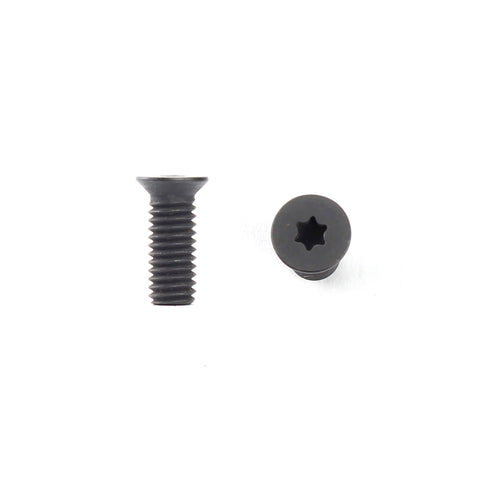
The Unsung Heroes of Carpentry: Unveiling the Power of Flat Head Wood Screws
In the realm of woodworking, the choice of fasteners is as crucial as the choice of wood itself. Among the myriad options available, flat head wood screws stand out as versatile and indispensable tools for a wide range of applications. These screws, often overlooked in favor of more specialized fasteners, offer a blend of functionality, aesthetics, and strength that makes them an essential component in both amateur and professional carpentry.
Flat head wood screws, characterized by their distinctive flat, countersunk head, are designed to sit flush with or slightly below the surface of the wood. This design is particularly advantageous for applications where a smooth, seamless finish is desired. Unlike other screw heads, such as pan or round heads, the flat head is ideal for creating a clean and unobtrusive look, making it perfect for projects where appearance matters.
One of the primary benefits of flat head wood screws is their ability to create a strong, secure connection between pieces of wood. The flat head design allows the screw to be driven deeper into the wood, which provides a greater surface area for the screw threads to engage. This enhanced engagement results in a more secure hold and increased resistance to pull-out forces. Whether you are constructing furniture, cabinetry, or structural components, flat head wood screws offer the reliability and strength necessary to ensure the integrity of your work.
Another advantage of flat head wood screws is their compatibility with a variety of wood types and finishes. They are available in various lengths and diameters, allowing you to choose the right screw for the specific requirements of your project. Additionally, they are compatible with different types of wood, including hardwoods and softwoods, making them a versatile choice for diverse woodworking applications. The flat head design also allows for easier concealment of the screw head, which is beneficial when working with stained or painted finishes.
Proper installation of flat head wood screws is essential for achieving optimal performance and durability. Start by selecting the appropriate size and length of screw for your project. The screw should be long enough to penetrate the wood sufficiently, but not so long that it risks splitting the wood or protruding through the other side. Using a pilot hole can help prevent splitting and ensure that the screw is driven in straight. The diameter of the pilot hole should be slightly smaller than the diameter of the screw threads to provide a snug fit.
When driving flat head wood screws, it is important to use the correct driver bit that matches the screw head. Using the wrong bit can strip the screw head, making it difficult to drive the screw in and reducing its holding power. A properly fitted bit ensures that the screw is driven evenly and with minimal risk of damage to the wood or the screw itself.
Another consideration when using flat head wood screws is the choice of materials for your project. For outdoor applications or projects exposed to moisture, consider using screws made from corrosion-resistant materials, such as stainless steel or coated screws. These materials are designed to withstand the elements and prevent rust and degradation over time. For indoor projects, standard steel screws may be sufficient, but it is still important to ensure that they are of high quality and appropriate for the wood you are using.
Flat head wood screws are also highly valued for their ease of use and versatility. They can be used in a variety of tools, including manual screwdrivers and power drills, making them accessible for both novice and experienced woodworkers. Their straightforward installation process allows for quick assembly and adjustments, which is especially beneficial when working on large-scale projects or when precision is required.
In addition to their functional benefits, flat head wood screws contribute to the overall aesthetics of a project. Their ability to sit flush with the wood surface means that they can be easily concealed with wood filler or matching putty, creating a seamless appearance that enhances the finished look of the project. This is particularly important for furniture and cabinetry where visible fasteners can detract from the overall design.
Despite their seemingly simple design, flat head wood screws play a critical role in the success of woodworking projects. Their strength, versatility, and aesthetic appeal make them an invaluable tool in the woodworker's toolkit. By understanding the benefits and proper use of flat head wood screws, you can enhance the quality and durability of your projects, ensuring that your craftsmanship stands the test of time. So next time you embark on a woodworking venture, remember that these unsung heroes of carpentry are more than just fasteners—they are the foundation of your work's success.
